Planning a trip to Italy is not just about choosing destinations, but about deciding how to explore a country where each region has its own cultural, historical, and natural identity. Italy is not a country to visit just once. Every corner offers a unique experience, and every journey can lead you to discover something new. Our blog aims to go beyond clichés, offering guides full of insights into the Italian diversity and its endless experiences. From cuisine to history, from art to nature, Italy is a land that offers infinite possibilities.
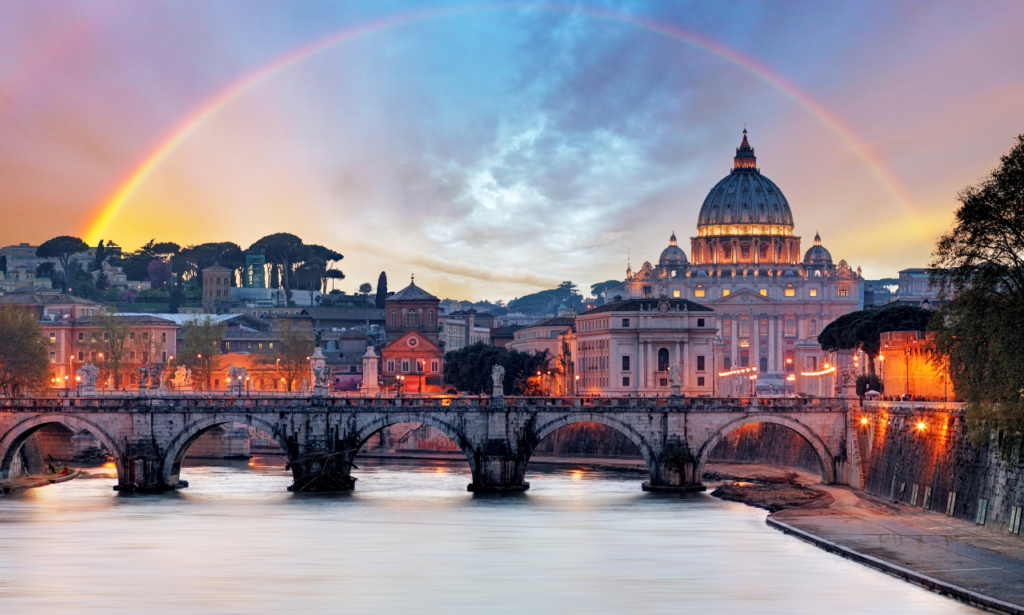
First Trip: Exploring Italy’s Icons
For a first visit to Italy, certain destinations are unmissable. Rome, the Eternal City, is the perfect starting point with the Colosseum, the Roman Forum, and the Vatican—places that tell the story of one of the most influential civilizations in history. Florence, the cradle of the Renaissance, enchants with the Duomo, the Ponte Vecchio, and the Uffizi Gallery, which houses extraordinary works by artists like Botticelli, Leonardo da Vinci, and Michelangelo. Venice, unique in its own way, offers the magic of its canals, gondolas, and Piazza San Marco, where history blends with the charm of a city that floats on water. Naples, vibrant and historic, completes the iconic itinerary with its cultural heritage, picturesque streets, and proximity to extraordinary places like Pompeii and the Amalfi Coast.
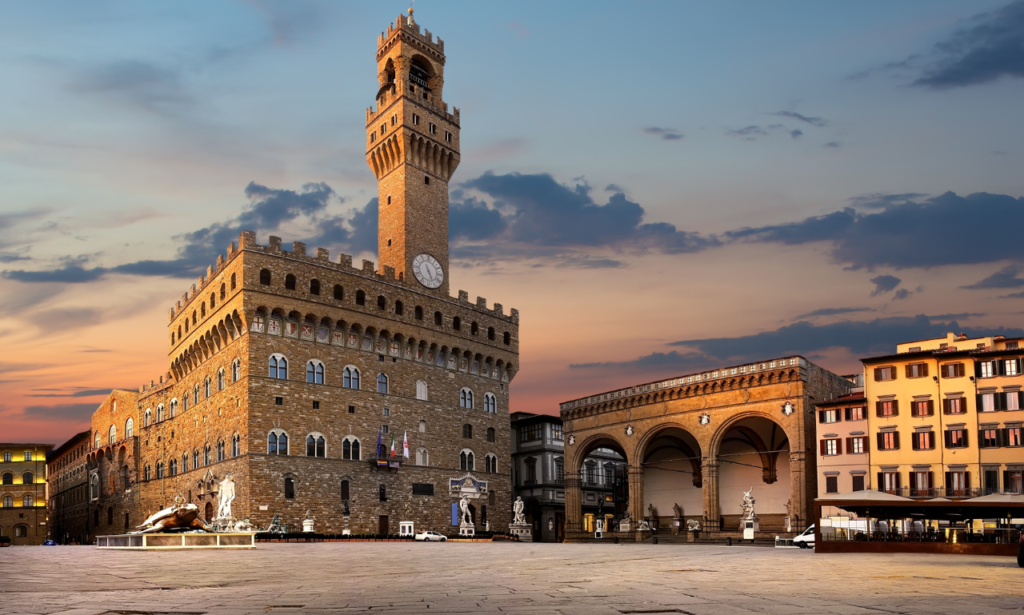
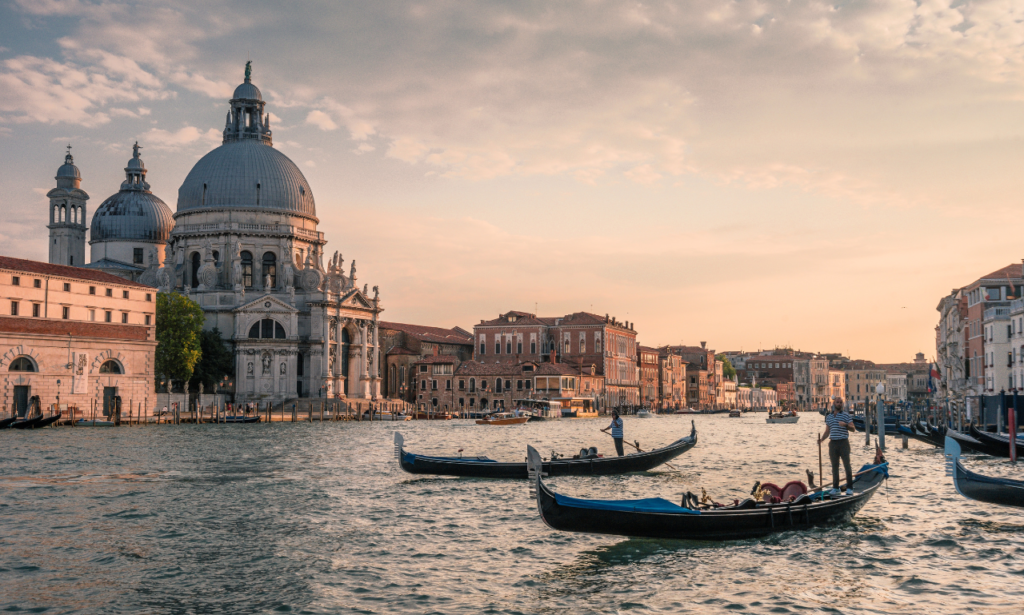
Second Trip: A Less Obvious Italy
On a second trip, you can discover hidden treasures that represent the more authentic soul of Italy. Milan, with its Gothic cathedral and the dynamism of fashion, is a city that blends tradition and innovation, a place where art and design meet commerce and culture. Verona, the city of Romeo and Juliet, is a dive into history and passion, with the Roman Arena and romantic medieval streets. Turin, the chocolate capital and home of Fiat, fascinates with its museums, historic cafés, and the beauty of its Baroque palaces. In the south, Lecce in Puglia charms with its Baroque architecture, reflected in its churches and squares, while Matera in Basilicata captivates with its ancient Sassi, cave dwellings that tell millennia-old stories. Don’t forget small gems like Orvieto in Umbria, with its extraordinary Duomo, and Tropea in Calabria, with its paradise-like beaches and breathtaking sea views.
Seasonal Journeys: Italy’s Changing Rhythm
Italy changes its face with the seasons, offering different experiences throughout the year. In winter, the Dolomites offer spectacular destinations for skiing, like Cortina d’Ampezzo and Madonna di Campiglio, where winter sports lovers can enjoy breathtaking landscapes and modern facilities. In spring and summer, the Italian beaches take center stage: Capri and Ischia in Campania are among the most beautiful in the Mediterranean, the crystal-clear waters of Puglia are perfect for relaxation, while the magic of the Amalfi Coast offers postcard-like panoramas. In autumn, Tuscany is dressed in gold with vineyards and truffle harvests, while Piedmont, with Alba and its famous white truffle, is the undisputed protagonist of this season.
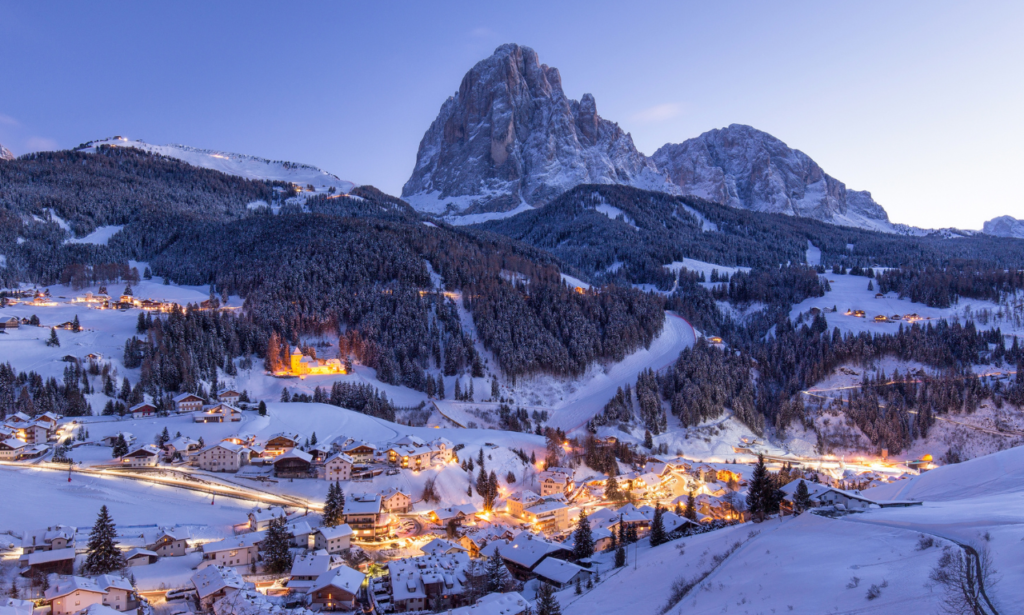
Charming Villages: Beyond Major Cities
The heart of Italy lies in its villages, places that seem frozen in time, where life flows slowly, and the beauty of the landscape is integrated into the architecture. Montepulciano, in Tuscany, is a paradise for wine lovers, where century-old cellars produce the famous Vino Nobile. Walking through the medieval streets of this village, surrounded by vineyards, feels like stepping into the past, where wine culture is truly a way of life. San Gimignano, with its medieval towers rising into the sky, is one of Italy’s most fascinating towns, where history and culture blend with a spectacular view of the Tuscan hills.
Places like Castelluccio, in Umbria, are perfect for nature lovers. With its mountains and famous bloom, this village offers breathtaking landscapes, while Civita di Bagnoregio, known as the “city that dies” for its location on an isolated hill, is an extraordinary example of resistance against time. In Puglia, Alberobello is another charming example of traditional architecture, with its Trulli, characteristic buildings that are a UNESCO World Heritage site. Each village has a story to tell, a unique experience that can’t be found in large cities, but is deeply rooted in local culture and traditions.
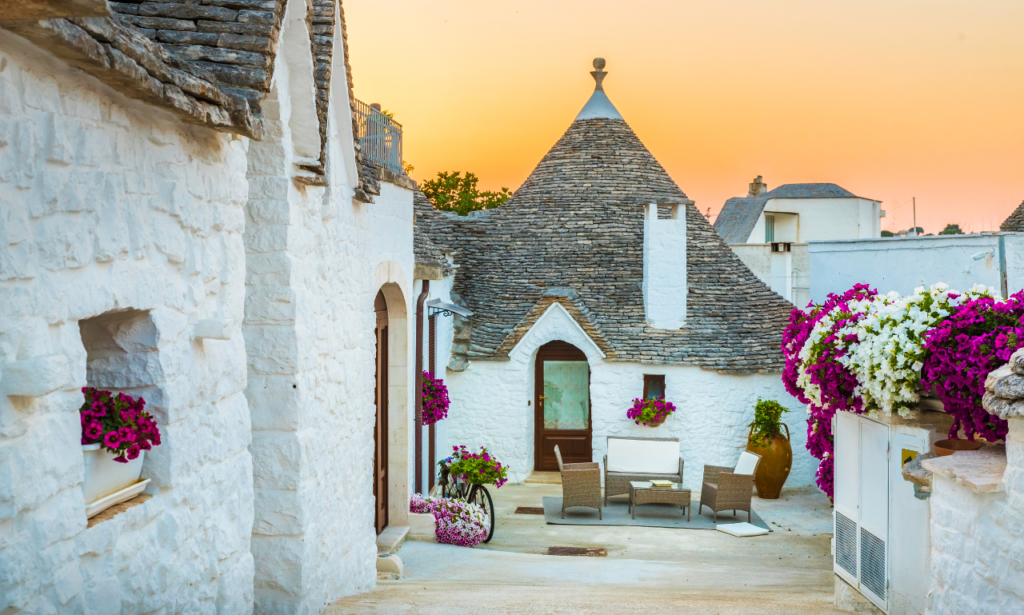
Cuisine: A Journey of Flavors
A trip to Italy is also a gastronomic experience that reflects the variety of regional traditions. Taste the carbonara in Rome, a simple but flavorful dish made with guanciale, eggs, Pecorino cheese, and black pepper. In Milan, the ossobuco alla milanese is the typical dish that tells the story of Lombard cuisine, while in Sicily, the arancini—fried rice balls stuffed with various fillings—are a must-try delight. In Florence, the bistecca alla fiorentina is an unparalleled dish: succulent and tender meat from a particular breed of cattle, the Chianina, served with a simple seasoning of salt, pepper, and olive oil. The weight of a bistecca alla fiorentina can easily exceed 600 grams, and it is prepared with great attention to meat quality. Italy is also famous for its desserts, such as tiramisù and sfogliatella, which tell stories of passion and tradition in every bite.
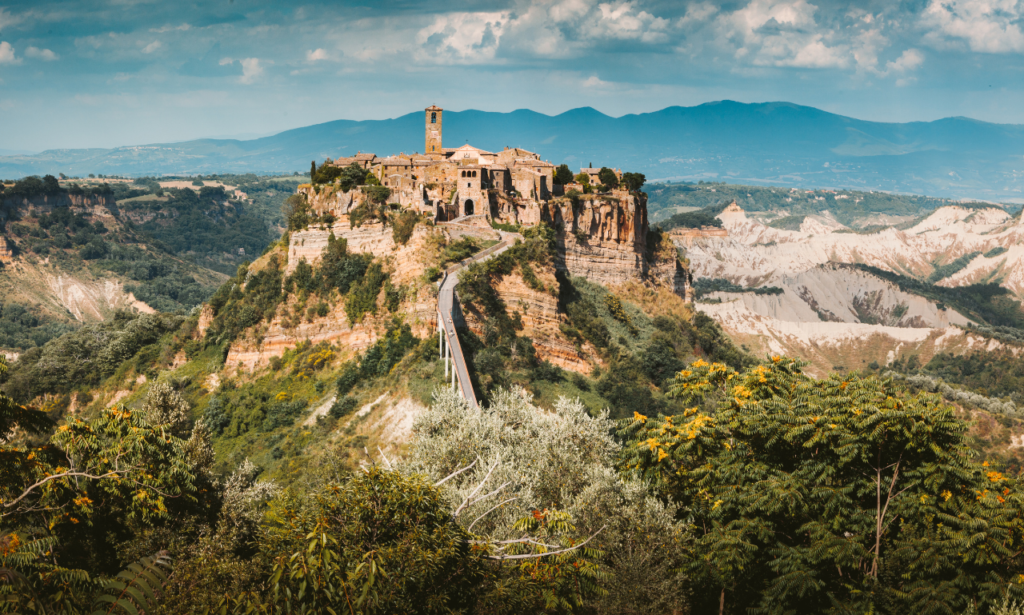
Our commitment:
On this blog, we will explore the endless possibilities of travel in Italy. Whether you’re a first-time traveler or a lover of Italian culture seeking new discoveries, our goal is to inspire you to live unforgettable experiences. Stay with us and discover Italy in all its shades.